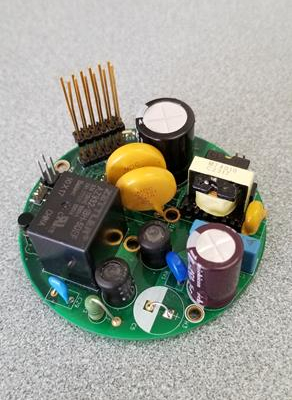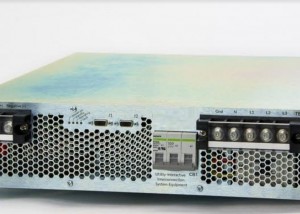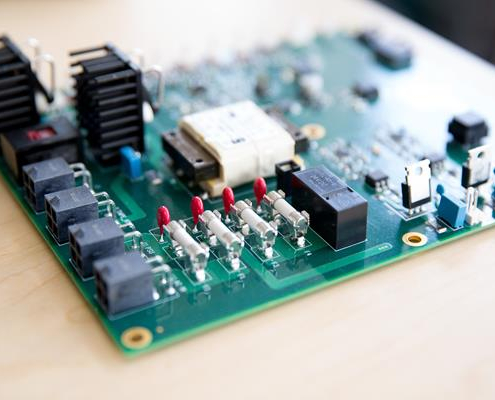CHALLENGE:
After meeting at a workshop, a customer approached us looking for someone with circuitry experience who could help them to design and build an electrocardiography amplifier for their system. While their current amplifier performed well in capturing signals, the customer was looking to cut costs and decrease the overall production time.
BIOPOTENTIAL ELECTRODE AMPLIFIERS:
Whether acquiring electrocardiography or electromyography measurements from humans or animals, signals in living tissue must be converted into electrical signals, prior to their acquisition. This is the first element of the signal processing chain. Electrodes are used to provide an electron flow, generating measurable potential. Given that heart signal is measured in millivolts, the significant common-mode signals and offsets present themselves as factors that must each be dealt with appropriately.
DRF’S SOLUTION:
DRF designed and developed a bio-amplifier with a low amplifier bias current. Our design utilized field-effect transistor input stage buffers, followed by a high commode mode rejection ratio instrumentation amplifier, to provide a high-impedance interface. DRF’s design was based upon a classic 3-op-amp topology. This topology has two stages:
- A preamplifier to provide differential amplification, followed by
- A difference amplifier that removes the common-mode voltage.
Key features:
- Dual input channels
- Medical grade power supply
- 16-bit resolution
- 2 KHz sampling rate
- Li-ion battery technology (the electrocardiograph is a portable device)
- Low power consumption
- Highly robust inputs (no additional input protection needed)





